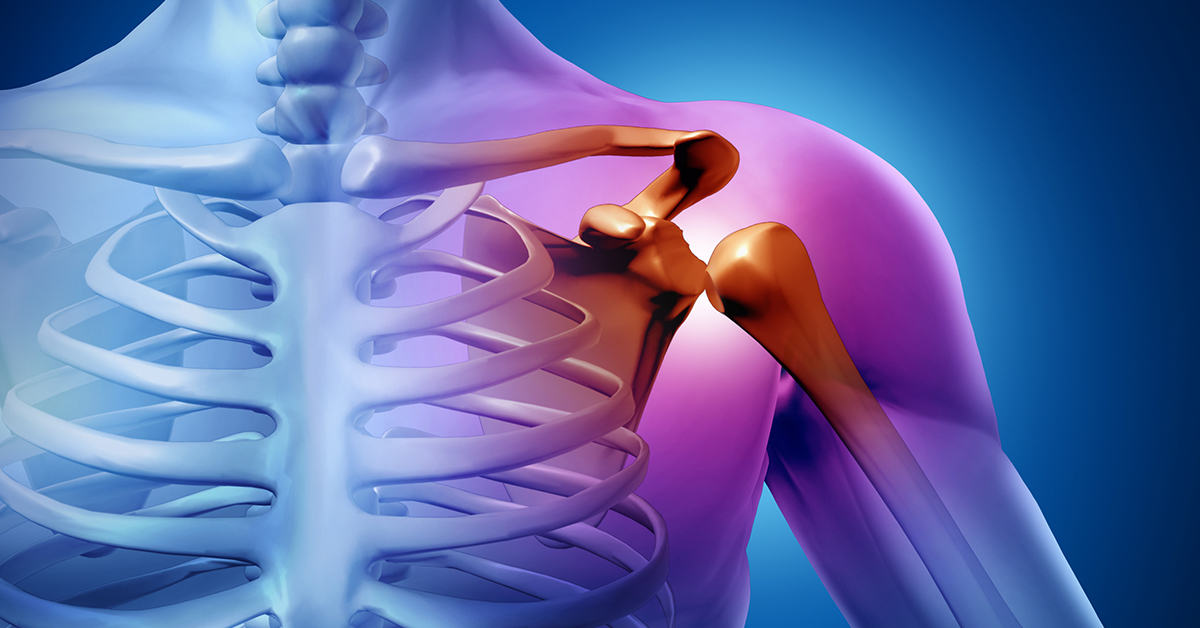
What are Hill-Sachs Lesions?
In the shoulder, the humerus head meets the glenoid, a shallow cavity in the scapula, and creates the ball-and-socket joint known as the glenohumeral joint. The glenohumeral joint provides most of the movement in the shoulder, and is often referred to as the shoulder joint. A Hills-Sachs lesion is a type of fracture that changes the shape of the humeral head. This change in shape can affect the arm's normal range of motion.
What causes Hill-Sachs Lesions?
This condition usually occurs as a result of a shoulder dislocation. If the humerus is forced against the rim of the glenoid during dislocation, it can dent the head of the humerus. Hill-Sachs lesions may occur in contact sports or in any situation in which the arm may be dislocated.
Symptoms and Diagnosis
Symptoms of Hill-Sachs lesions can include instability and pain. Because this condition may change the shape of the humeral head, there may be a change in range of motion and an increased risk of dislocation.
How are Hill-Sachs Lesion treated?
Conservative methods are often able to treat smaller Hill-Sachs lesions. These methods usually include physical therapy. However, if the condition is very severe or the lesion is large, surgery may be required.

